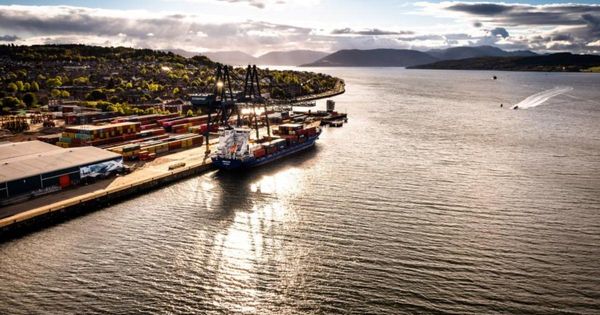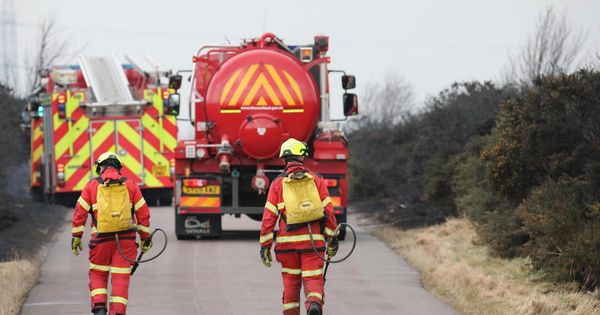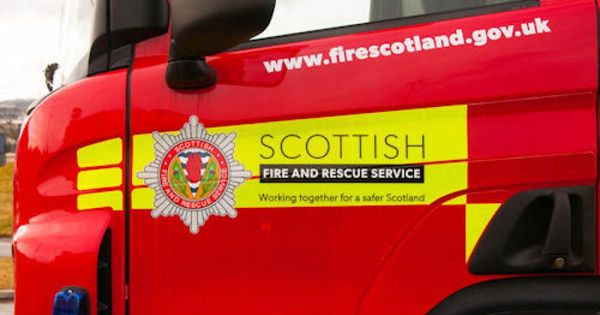SCOTTISH emergency services haven't used new state-of-the-art urgent response technology despite them being called to 90 reported wildfires at the weekend.
In September last year, the Scottish Environment Protection Agency (Sepa) promised to revolutionise the way Scotland responds to environmental emergencies as it unveiled a new Satellite Emergency Mapping Service (SEMS).
Sepa said at the time it hoped to be able to combat emergencies like floods, wildfires, landslides, and oil spills much more efficiently by using state-of-the-art satellite imaging technology to deliver real-time, high-resolution data.
However, despite the Scottish Fire and Rescue Service (SFRS) confirming that its firefighters responded to more than 90 outdoor blazes last weekend, with some burning for days, and two fathers and their sons having to be airlifted from a campsite, they have yet to use the technology.
Deputy Assistant Chief Officer and Head of Service Delivery for the North of Scotland for SFRS Stephen Wood said the certain criteria to request access to SEMS has yet to be met.
He said: “We issue wildfire warnings to the public in partnership with the Scottish Wildfire Forum using the European Forest Fire Information System.
“These warnings detail which areas across Scotland are most likely to be affected and we provide a risk rating from low, moderate or high to very high or extreme.
“We would only use the Satellite Emergency Mapping Service from SEPA when certain criteria are met and it would be requested as part of the local resilience partnership.
“During this latest wildfire alert, where our crews have responded to more than 90 outdoor fires of varying size and severity, we have not been required to activate this technology.”
Firefighters have been battling wildfires across the country after issuing a warning last week.
Emergency services were called to a blaze at Galloway Forest Park, near Glentrool in Dumfries and Galloway, which lasted days.
Similarly, fire crews battled a blaze at Stac Pollaidh, Inverpolly Forest, north of Ullapool, which required six appliances to help extinguish the wildfire.
SEMS is available to all emergency responders and operates 365 days a year with an on-call provision available 24 hours a day.
The state-of-the-art technology is part of the International Charter Space and Major Disasters, a global network of more than 270 satellites from 17 charter members around the world, working to support disaster relief.
Sepa is the only organisation in Scotland able to activate the charter and give emergency responders access to critical satellite imagery.
However, a spokesperson for the environmental regulator said the technology would only be used if requested by emergency services.
They said: “SEPA’s Satellite Emergency Mapping Service (SEMS) has not been activated for the recent wildfires in Scotland.
“Apart from SEPA activating the service for flooding, SEMS would only be activated for wildfires if requested by a resilience partnership.”










